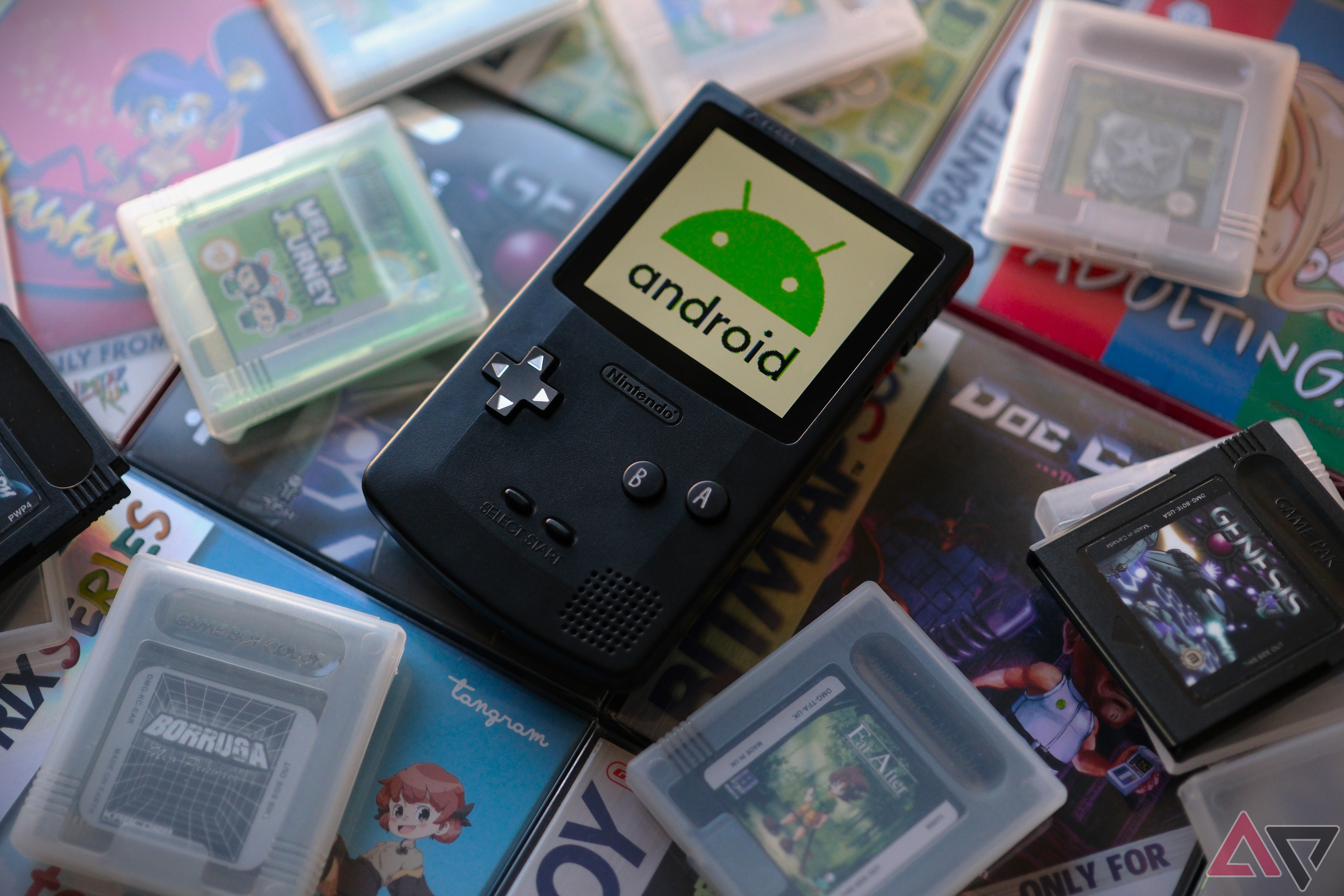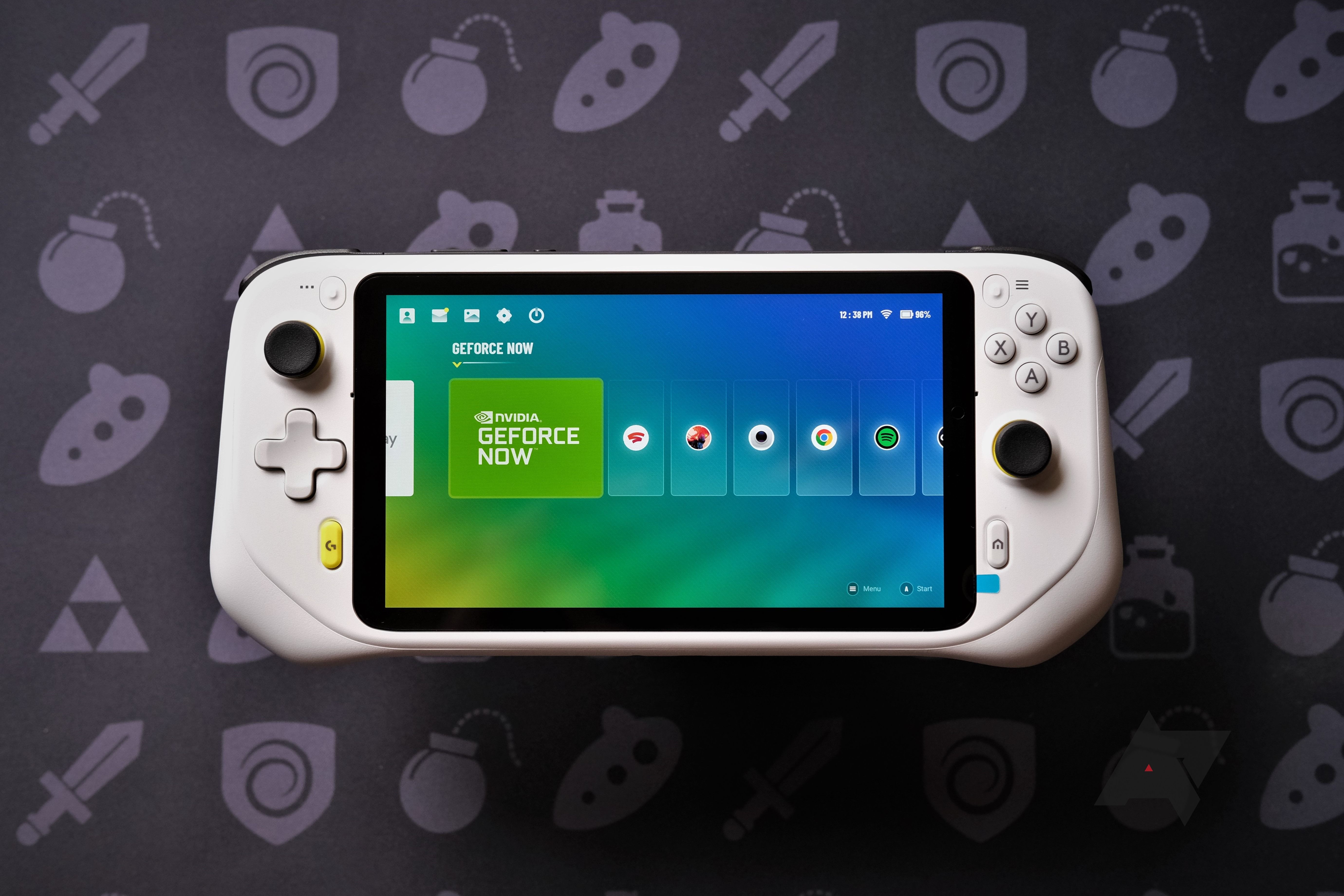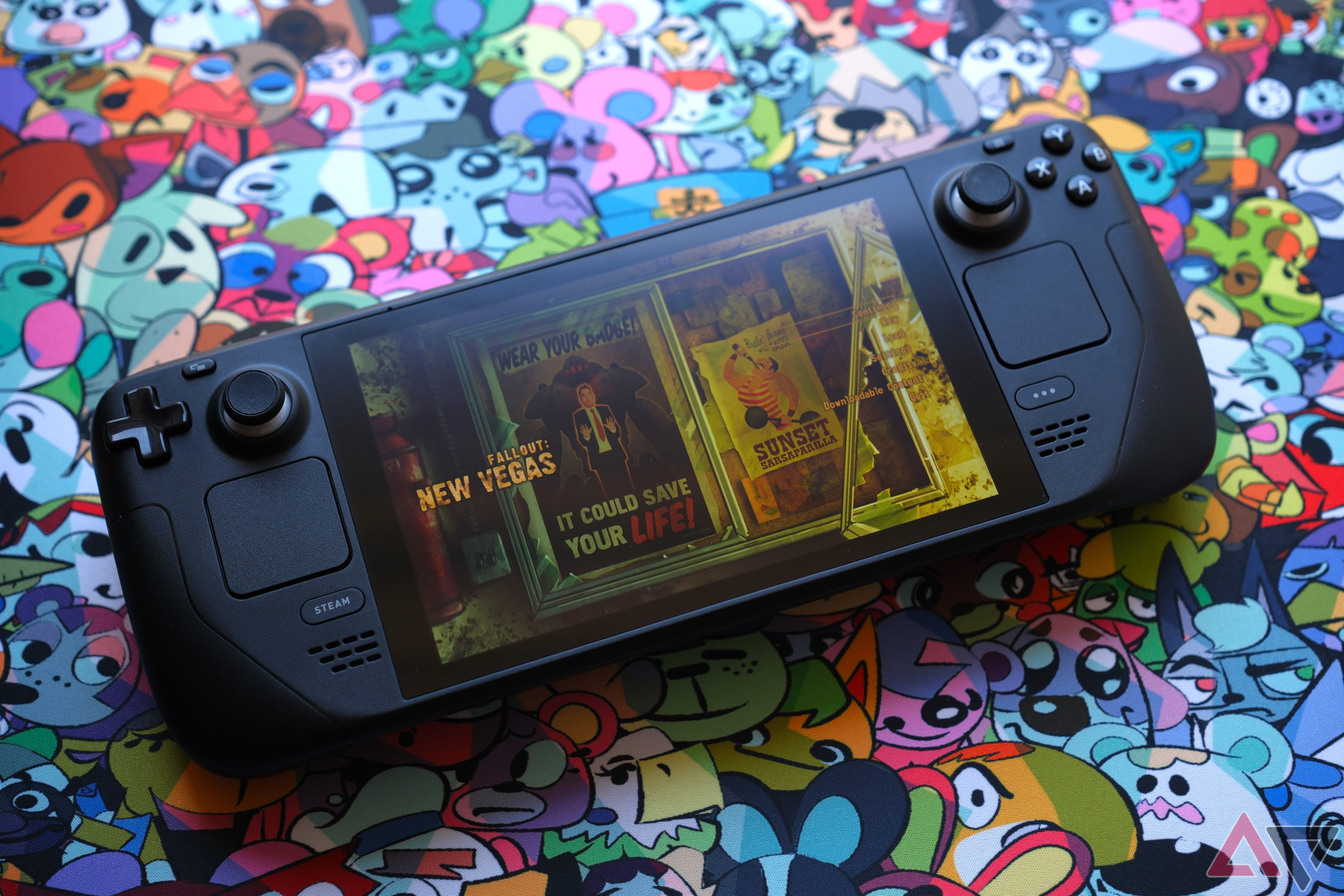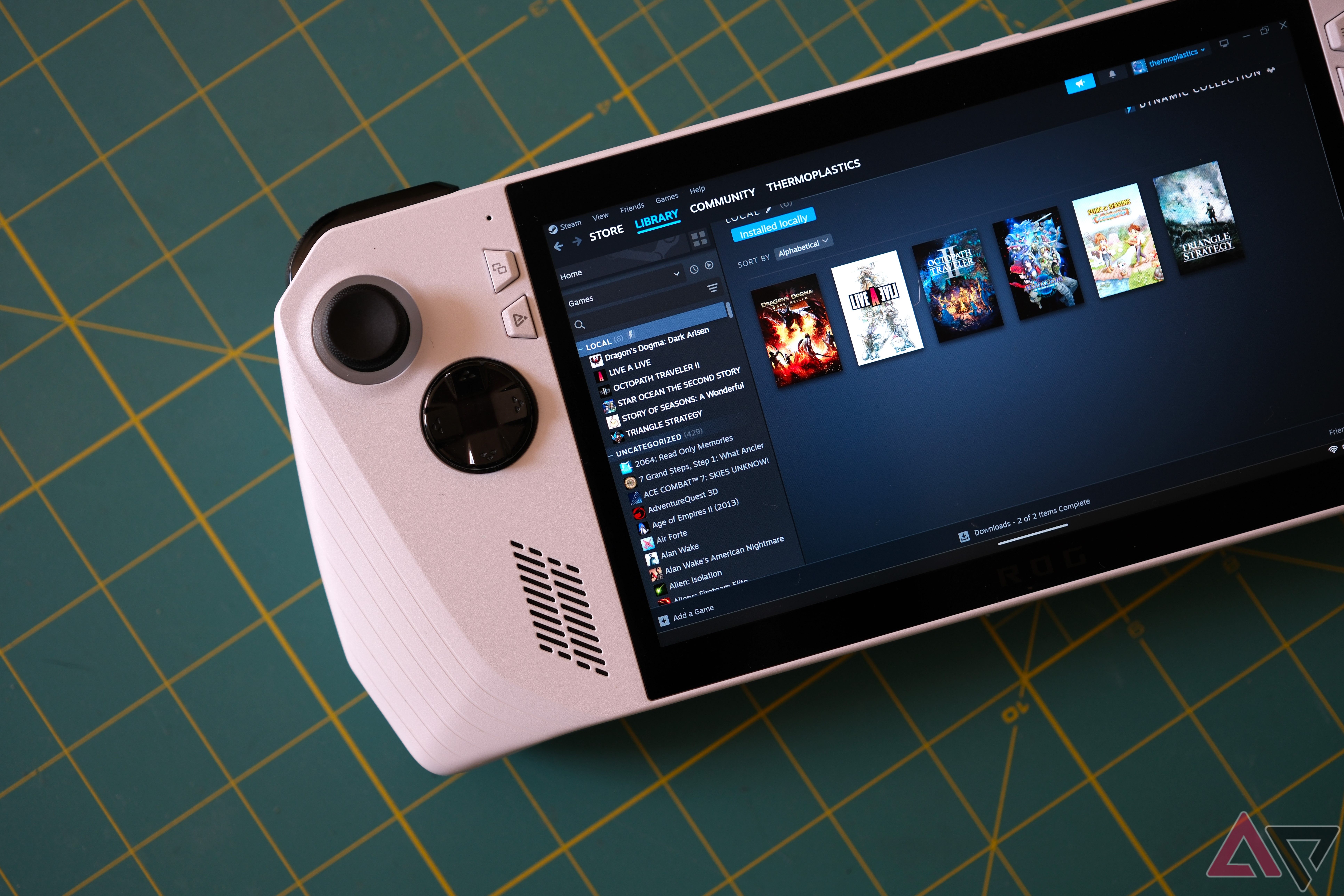I love gaming handhelds, and this love is what brought me to Android. Portable gaming. Of course, there is a growing world of portable gaming as of late, thanks to the success of the Nintendo Switch, which has spurred the recent popularity of PC gaming handhelds from the likes of Valve, Asus, and Lenovo. While many have found wild success, not everything is perfect. But does it have to be?

I built a super cool custom Game Boy Color handheld, and now you can too
It even plays classic cartridges
After testing many handhelds, it is clear none are perfect
It’s still a great time to be a handheld gamer
Being the absolute nerd I am, I’ve purchased more than a few handhelds for my personal collection, and thanks to the fact I’m incredibly neurotic, I spend a lot of my time testing games to see which handheld plays them best, simply for my own edification. In this testing, it is very clear there is no perfect handheld in existence, whether dealing with Asus’s memory card issue (that the company recently acknowledged, thankfully), Valve’s lack of support for specific security apps necessary to play online games, Lenovo’s lack of new drivers, or underpowered chips on the Android side like in Logitech’s G Cloud. Despite many issues scattered across the most successful gaming handhelds available right now, it’s still never been a better time to be a handheld gamer. Let me explain.

Logitech G Cloud hands-on: No dark skies here
Logitech’s streaming handheld feels and plays like a polished product
The Steam Deck’s Linux-based system is a hurdle, but it’s also a blessing. Sure, some games won’t work on it, like Destiny 2 and other games unknown if they will work at all. But Valve is opening doors on the Linux side of gaming, which is very much necessary to guarantee Microsoft doesn’t remain in control of PC gaming. And yes, the ROG Ally has had an issue where memory cards were breaking, but the ROG Ally is also the most powerful handheld right now, one that offers a 16:9 screen that fits the majority of modern games, perfect if you play a lot of Japanese games that don’t offer more screen ratios.
Then there is the Lenovo Legion, which is lacking in the driver department, which means it isn’t pushing games as hard as competitors with newer drivers like the ROG Ally. Yet, the Legion is one of the few handhelds with a trackpad like the Steam Deck (but only one instead of two). And once you dip into Android handhelds like the G Cloud, you’ll see they are primarily geared towards game streaming rather than offering powerhouse performance for local gameplay.
Compromise city
You need to know your needs
Across the board, there are compromises that can be listed for every handheld, sure enough. But if you know your needs, most compromises are worth overlooking. For me, I never needed the ROG Ally’s SD expansion; I prefer local storage, which is generally faster on most devices. And I use my Steam Deck primarily for older games that don’t tax its older chip and fit its nonstandard 16:10 screen, never worrying if some online security will ruin my day. And I’ll pull out the Logitech G Cloud when I want to test the latest GeForce Now titles rather than load up the app on a chunkier handheld like the Ally.
While I don’t own every handheld out there, the ones I do each have their place in my lineup, and that is to say, each serves a particular role well despite plenty of oddities and inconveniences. While I still hope that one day I can finally find the perfect handheld that plays all the games I want to play in the manner I like to play them, for now, what we have is plenty good enough as I’ve never gamed more in my life than I have with the latest crop of gaming handhelds on store shelves.






